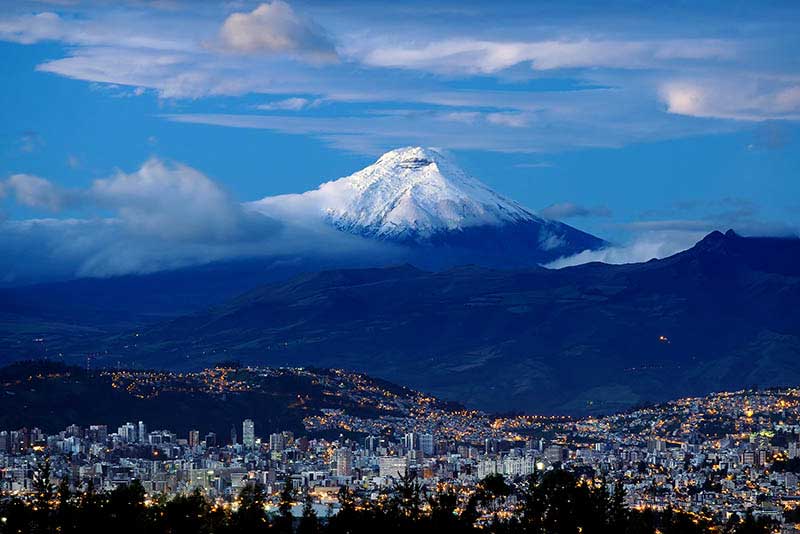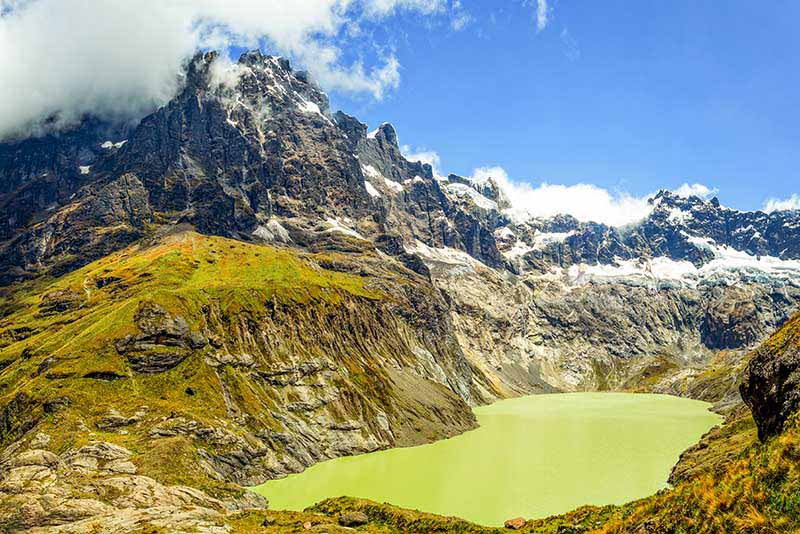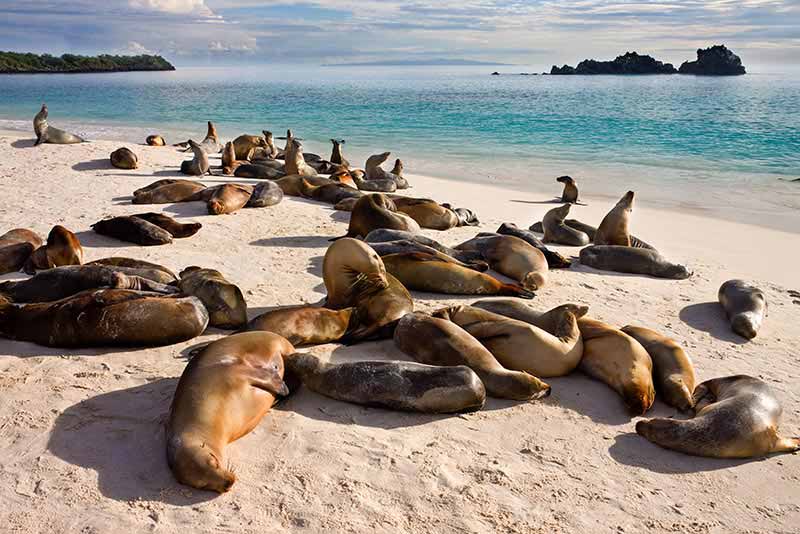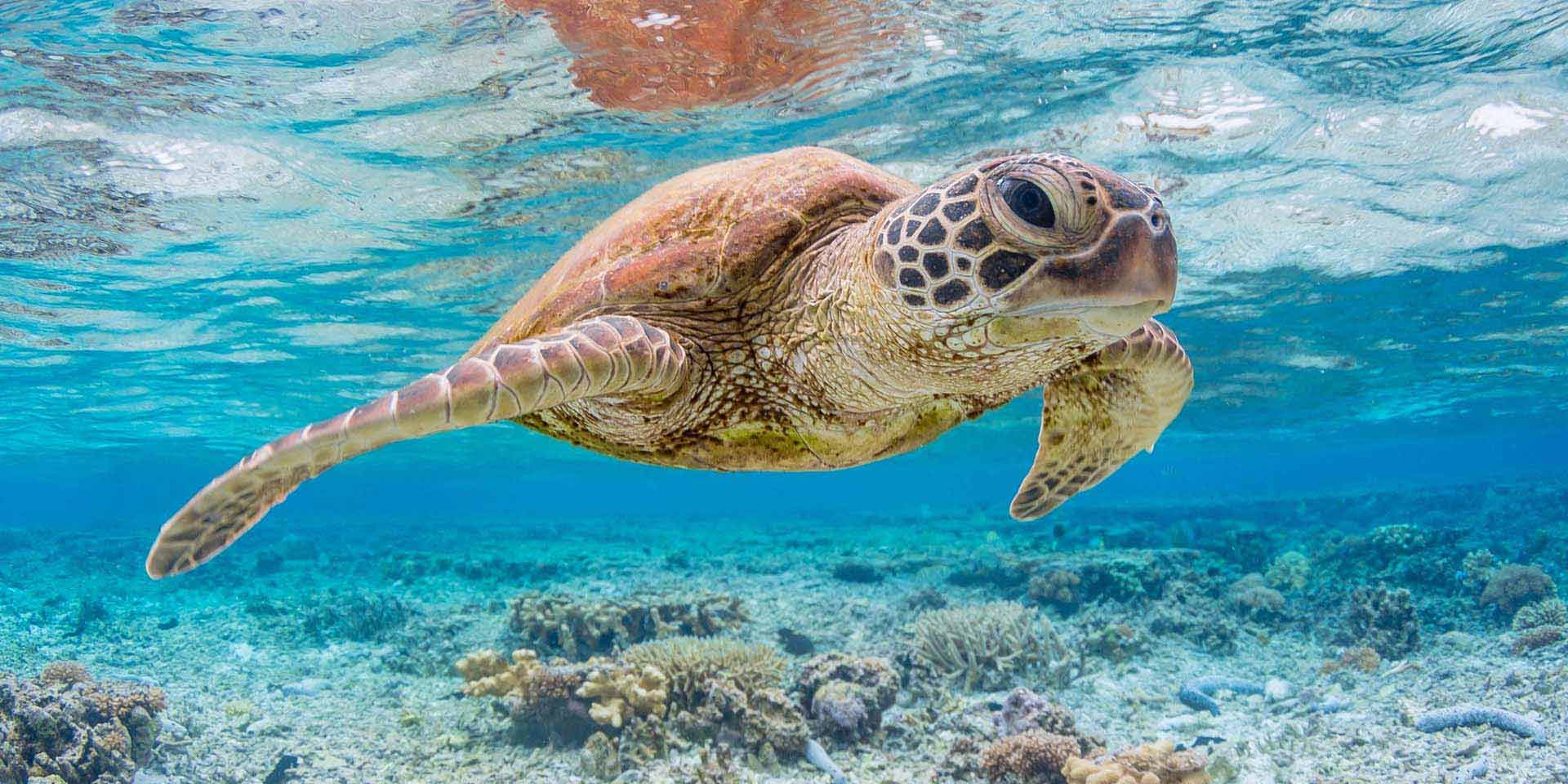By Mauricio González Lara
Augustine of Hippo, also known as Saint Augustine, once said: “The world is a book, and he who doesn’t travel reads only one page.” Augustine was born on November 13, 354, in the town of Thagaste, on the northern coast of Africa in what is now Algeria. Nonetheless, if the philosopher were alive today, he might include a chapter on Ecuador.
That’s the opinion of Claudia Muzzi Turullols, director of the Latin American editions of National Geographic and National Geographic Traveler. “It’s impossible to create environmental awareness in the abstract,” Muzzi Turullols said. “No one takes care of what they do not make their own, and the best way to do that with nature is through an intense sensorial experience. A trip to Ecuador is, among other things, an opportunity to connect with the planet in a huge epiphanic way.”
Many people already know this. Tourism is Ecuador’s fourth-largest nonpetroleum export and its largest service export, contributing more than 5 percent of the country’s GDP. Revenues are concentrated around the Galapagos Islands, though Ecuador possesses multiple dazzling ecosystems, ranging from coastal areas to high mountains to rainforests, 26 percent of which has protected area status. It is home to 2,477 species and five UNESCO World Heritage Sites.
Despite these attractions, the average number of tourists visiting Ecuador has increased only slightly over the last decade. The potential for the tourism industry remains just that. The pandemic has made matters worse: as is the case with other nations in South America where tourism revenues have declined precipitously during the pandemic, tourism in Ecuador has come to a near-standstill in the last two years.

Sunrise in Quito City and the Cotopaxi volcano. Photo by: Fabricio Burbano/Shutterstock
Tourism, a significant source of employment in Ecuador, is too important to neglect. In 2019, 408,800 Ecuadorians depended on tourism and its associated activities for employment — 5.2 percent of the total labor force — about half of whom are considered direct employees of tourism companies.
As government officials and experts ask what it will take for tourism to take off, new research from IFC and the World Bank examines how to support expansion while remaining sensitive to post-pandemic requirements and sustainability.
Nomads wanted
According to Creating Markets in Ecuador, a Country Private Sector Diagnostic (CPSD) published by IFC and the World Bank late last year, Ecuador’s tourism sector is affected by the same constraints that hold back the economic growth of the country: lack of regulatory stability, labor market rigidities, a difficult business environment, and costly financing -- a crucial challenge for the hotel industry, which requires intensive capital and long-term financing.
“The specific bottlenecks of the tourism industry include difficulties in accessing qualified labor, weak brand identity, inconsistency in marketing and promotional investments, and the relatively low connectivity of the country and the high cost of flights to it,” said Zeinab Partow, an economist at the World Bank who coauthored the CPSD.
The Ministry of Tourism’s goal is to reach 2 million visitors by 2025. At the end of January 2022, it presented a new strategy to attract travelers whose goal is to interact with nature. “Ecuador is an ideal place for the post-pandemic traveler who requires open places to enjoy safely, especially through ecotourism,” said Niels Olsen, Minister of Tourism of Ecuador.
The government strategy is ambitious in its intentions to adapt to the post-pandemic world. It includes, for instance, the design of a “nomad visa” to attract foreigners who are location-independent. These “digital nomads” work remotely, telecommuting rather than being physically present at a company's headquarters or office. The COVID-19 pandemic has accelerated the growth of this new kind of tourism and Ecuador is eager to attract it.
The tourism sector could also play a significant role in reducing inequality in Ecuador and throughout Latin America. A recent study conducted by Robertico Croes and Manuel Rivera, authors of Poverty Alleviation through Tourism Development: A Comprehensive and Integrated Approach (2016), found that tourism has large positive multiplier effects in Latin America. The increases in international tourism in Ecuador benefit the lowest income households the most: A 10 percent increase in international tourism, for example, accounts for growth of nearly 31 percent in the most vulnerable population.
Stable revenue streams
There are numerous advantages to tourism compared to the export of goods and services. Revenue from tourism may be more stable than revenue from the sale of goods, such as agricultural and mineral commodities. Researchers Croes and Rivera found that tourism products can demand premium prices due to their uniqueness and the inability to export the experience, as well as to low transportation and insurance costs.

Sangay National Park. Photo by: Ammit Jack/Shutterstock
Roque Sevilla, president of Metropolitan Touring, one of the most prominent tourism operators in Ecuador, shares that perspective. “The Ecuadorian economy is dollarized,” he said. “In comparison with other countries that can devaluate their currency, we are not a cheap destination. Therefore, we must concentrate on quality.”
Sevilla suggested that “Instead of focusing on segments more interested in just having a good time, the country needs to adopt a strategy based on attracting tourism that is willing to pay more for a unique experience, like a tailor-made tour to the Galapagos Islands or the Mashpi Reserve.”
A delicate balance
But there’s a potential downside, too. More tourists in Ecuador means more pressure on existing infrastructure, encroachment on animal habitats, and a heightened risk of introducing invasive plant and animal species. One recurring concern is how to maintain sustainability as post-pandemic tourism is revitalized, especially in a region like the Galapagos Islands, the paradise that amazed Charles Darwin in 1895 and inspired the theory of the evolution of the species.
“Iguanas that are like dragons, miniature prehistoric creatures, giant tortoises. Our researchers call them a world out of this world: a journey into the Earth's past, a living laboratory that cannot be replicated anywhere else,” said Muzzi Turullols, the National Geographic editor.
The number of tourists to the Galapagos Islands has declined from an average 22,000 per month prior to the pandemic, to 1,232 in October 2020. A number of working committees have been created to reinvigorate the sector, and in August, Ecuador received the Safe Travels Stamp, a recognition created by the World Travel and Tourism Council (WTTC) to acknowledge destinations and businesses around the world that have adopted standardized health and hygiene protocols.
There’s an upside to Galapagos tourism, some experts believe, noting that it has helped preserve the Galapagos’ ecosystem because the routes of the tourist attractions there are limited to very small areas. Also, the continuous presence of ecotourists discourages tuna fishermen and generates a constant global awareness of preserving this natural sanctuary.

A colony of Sea Lions at Gardner Bay on Espanola in the Galapagos Islands. Photo by: Steve Allen/Shutterstock
Last month, Ecuadorian president Guillermo Lasso signed a decree ordering the expansion of the Galapagos Marine Reserve. The newly created marine reserve area is called "Brotherhood" (“Hermandad” in Spanish) in recognition of joint efforts of diverse sectors of the society like environmentalists and artisanal and large-scale fishing operations. It adds 60,000 square kilometers to the Galapagos Marine Reserve. The marine reserve is divided into two halves: the first 30,000 square kilometers prohibit any fishing activities; in the other 30,000, longline fishing only is forbidden.
In the Galapagos and elsewhere, Ecuador is recalibrating this delicate balance: Attract more tourists, while preserving what attracts them.
Published in February 2022
